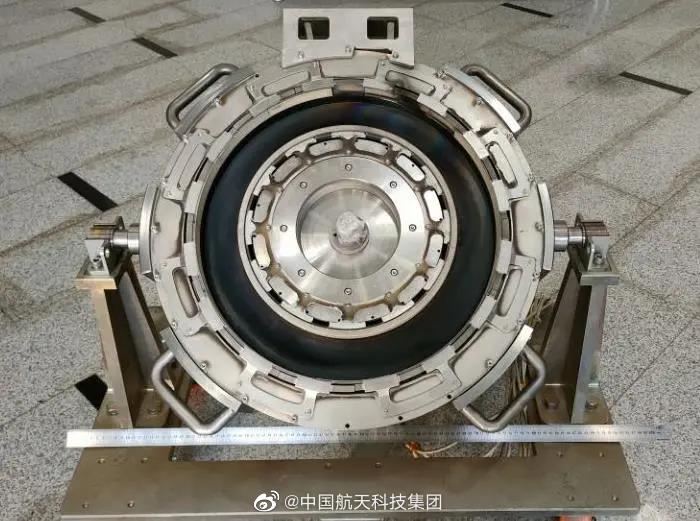At GEO, it's much easier to tow a dead satellite up to graveyard orbit then it is to tow it down to deorbit.I am sorry for asking a naive question.
can SJ 21 tug a dead satellite and release the latter at a lower orbit to reenter and burn out in the atmosphere?
technical and safety problems? Cost issues??
so much space junk needed to be disposed of.
The different in delta-V is huge. It's why the same rocket can launch much more to LEO than to GTO.



